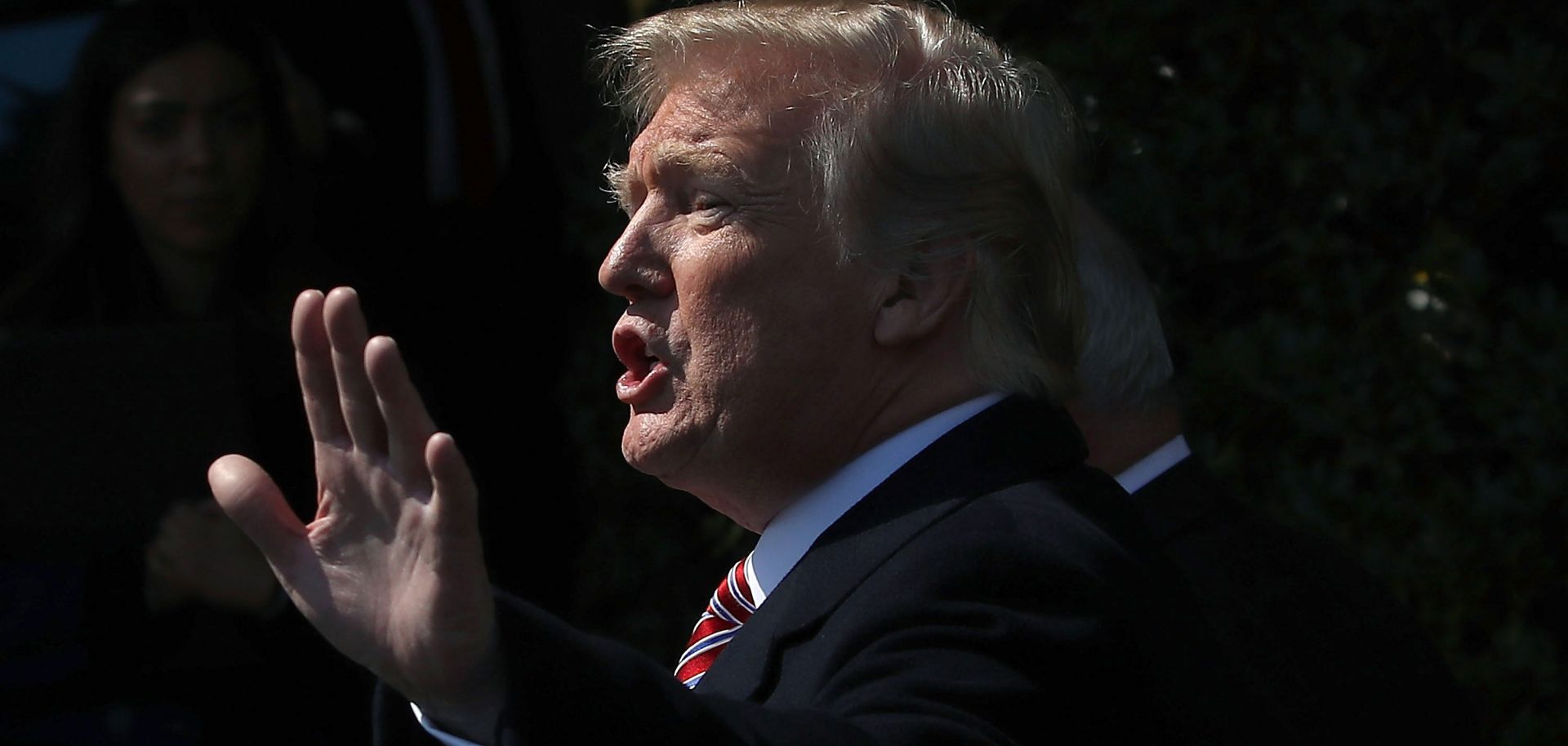GUIDANCE
Why the White House Might Revisit the TPP
Apr 16, 2018 | 18:07 GMT

U.S. President Donald Trump waves to the crowd after an event to honor the 2017 NCAA Football National Champion Alabama Crimson Tide, at the White House, on April 10, 2018 in Washington, D.C. Alabama beat the Clemson Tigers 35-31 to capture the championship.
(MARK WILSON/Getty Images)
Highlights
- The United States cannot achieve its goal of countering China's rising economic influence and strength unilaterally.
- The Trump administration's re-examination of the Trans-Pacific Partnership (TPP) reflects the necessity of a multilateral approach.
- But the likelihood of a U.S. return to the trade pact remains low in the near future, since the White House would demand significant changes to the agreement.
Subscribe Now
SubscribeAlready have an account?
